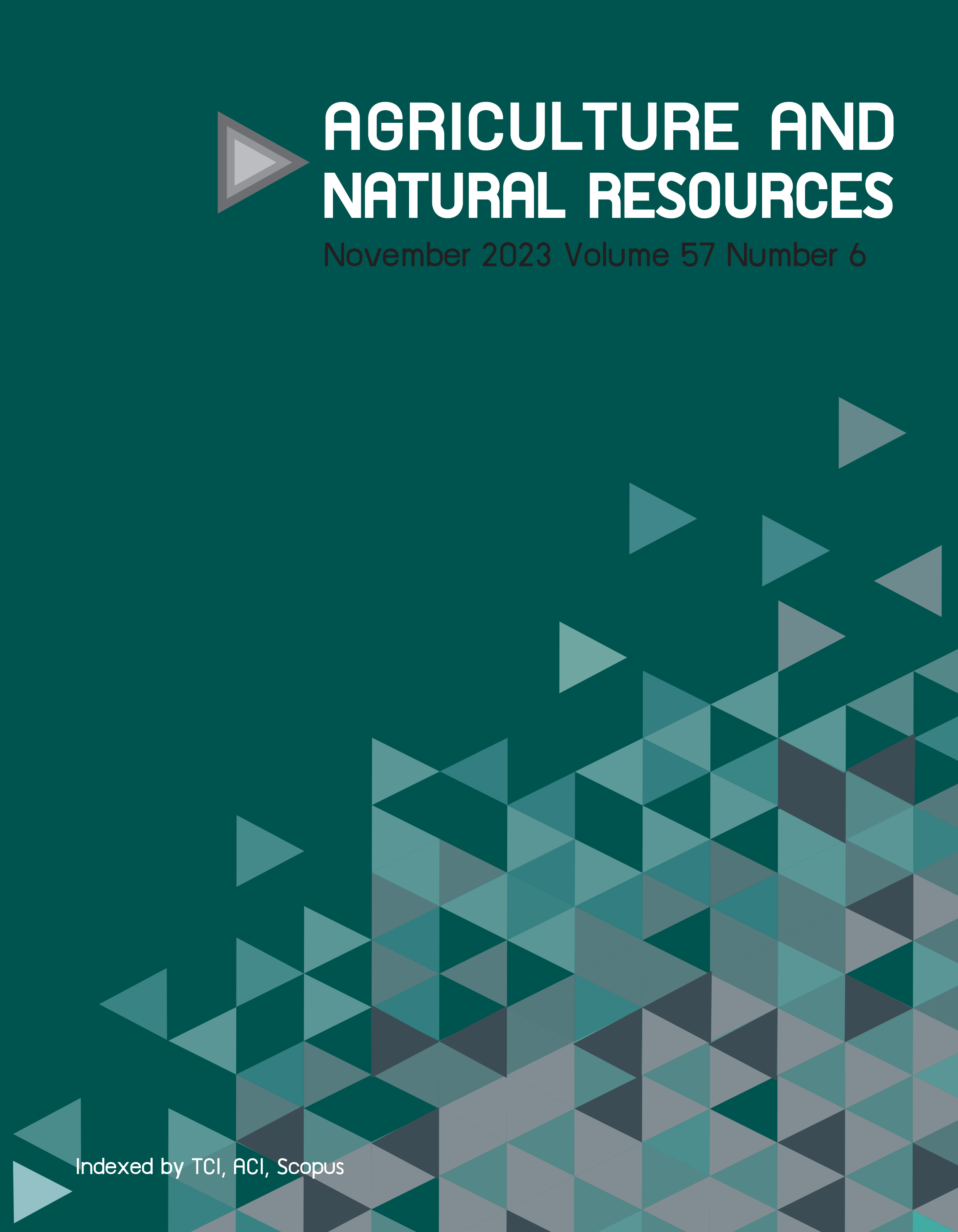Improvement of stilbene constituents and nutritional quality of peanut sprouts using abiotic elicitation and germination
Keywords:
Antioxidant activity, Peanut sprout, Seed priming, trans-arachidin-1, trans-resveratrolAbstract
Importance of the work: Elicitor treatment has been widely used to improve bioactive compounds in plants. However, very few studies have reported the use of an elicitor treatment in the germination process to improve peanut quality.
Objectives: To evaluate the stilbene compounds and bioactivity of peanut sprouts after seed priming using different elicitors.
Materials & Methods: Peanut seeds were primed using various elicitors: chitosan (CHT), methyl jasmonate (MeJA), methyl-β-yclodextrin (CD) or a combination of all three (CHT+MeJA+CD). Germination was carried out for 3 d. The antioxidant activity, total phenolic compound, stilbene content and the biochemical profiles in the peanut sprouts were investigated.
Results: After germinating for 1–3 d, the antioxidant activities of all elicitor-treated peanut samples exhibited 1.46–2.12-fold increases compared to the untreated control. The highest contents of trans-resveratrol were produced by the peanuts treated with CHT and CHT+MeJA+CD, with 7.72 and 11.48-fold increases, respectively, compared to the untreated control. The highest contents of trans- rachidin-1 and trans-arachidin-3 were in the peanuts treated with CHT, MeJA and CHT+MeJA+CD on day 3 of germination. The sodium dodecyl sulfate-polyacrylamide gel electrophoresis profile indicated the protein pattern transformed from a high molecular weight (MW) to a low MW during germination.
Main finding: Combining elicitor priming and germination approaches proved to be an effective strategy that improved the phytochemical profile of peanut sprouts for functional food applications.
Downloads
Published
How to Cite
Issue
Section
License
Copyright (c) 2023 Kasetsart University

This work is licensed under a Creative Commons Attribution-NonCommercial-NoDerivatives 4.0 International License.
online 2452-316X print 2468-1458/Copyright © 2022. This is an open access article under the CC BY-NC-ND license (http://creativecommons.org/licenses/by-nc-nd/4.0/),
production and hosting by Kasetsart University of Research and Development Institute on behalf of Kasetsart University.







